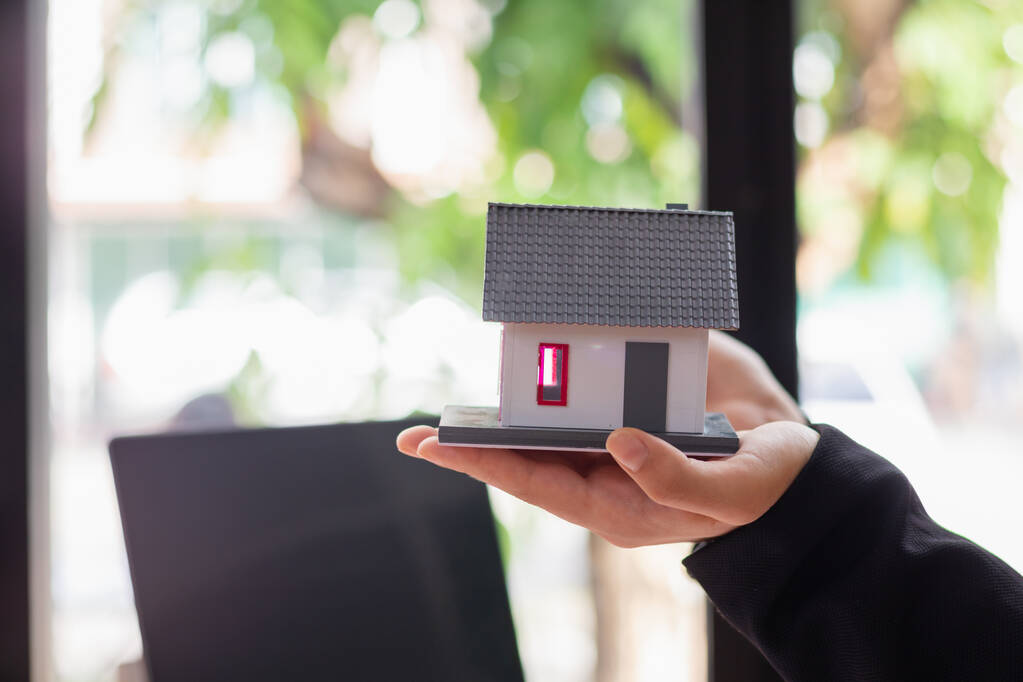Elevate Your Home’s Appeal: A Comprehensive Guide to Real Estate Staging
When it comes to selling a property, first impressions are everything. Real estate staging, also known as home staging, plays a pivotal role in ensuring that your property makes a lasting impression on potential buyers.

In this blog post, we will delve into the staging process, and its purpose, and even explore an alternative name for this essential practice in the world of real estate.
R is the Staging Process in Real Estate?
Real estate staging is a strategic and artistic process that involves preparing a property for sale by enhancing its visual appeal and creating a welcoming, aspirational atmosphere. It’s about transforming a house into a warm and inviting home, allowing prospective buyers to envision themselves living there.
The staging process typically consists of the following steps:
- Decluttering: The first step involves removing personal items, excess furniture, and clutter. This creates a clean and spacious canvas for staging.
- Cleaning and Repairs: The property must be thoroughly cleaned, and any necessary repairs or maintenance work should be addressed to ensure that it’s in top condition.
- Furniture Arrangement: Professional stagers strategically arrange furniture to optimize space and flow while highlighting the property’s best features.
- Décor and Accessories: Stagers add appropriate décor, artwork, and accessories to create a cohesive and appealing look, making the space feel inviting.
- Lighting: Proper lighting can significantly affect a property’s ambiance. Stagers use lighting to highlight key areas and create a warm, welcoming atmosphere.
- Curb Appeal: Exterior staging is equally crucial. This involves enhancing the property’s exterior with landscaping, repairs, and curb-appeal-focused decoration.
What is the Purpose of Staging?
The primary purpose of real estate staging is to maximize the appeal of a property to potential buyers. Here’s how staging achieves this:
- Highlighting Features: Staging helps accentuate a property’s best features, making them stand out and leaving a lasting impression on buyers.
- Visualizing Potential: Staging allows buyers to visualize themselves living in the space, making it easier for them to connect emotionally with the property.
- Creating a Competitive Edge: Staged homes often sell faster and at a higher price point than unstaged homes, making staging a valuable investment for sellers.
- Professional Presentation: Staging lends a professional and polished look to a property, instilling confidence in potential buyers.
- Online Appeal: In the digital age, most buyers start their search online. Staged photos attract more views and interest in online listings.
What is Another Name for Home Staging?
Another commonly used term for home staging is “property styling.” While the names may vary, the concept remains the same: preparing a property for sale by enhancing its visual appeal to attract potential buyers.
What is a House on a Stage?
A “house on a stage” does not refer to real estate staging. Instead, it is a term used in theater and entertainment to describe a set or scene that replicates the interior of a house. This type of stage setup is used for various performances, allowing actors to interact with the environment as if they were inside a real home.

Conclusion:
In the world of real estate, staging is a powerful tool that can make the difference between a property that lingers on the market and one that sells quickly at a higher price point. By understanding the staging process, its purpose, and its alternative name, you can take the necessary steps to ensure your property shines in the competitive real estate market. So, whether you call it staging or property styling, it’s a crucial step in achieving a successful home sale.
Learn more at Wiki as well.
